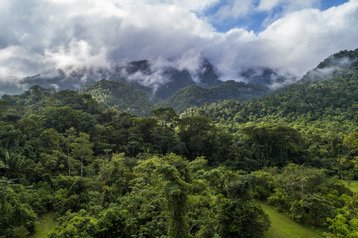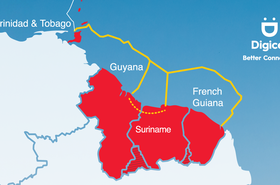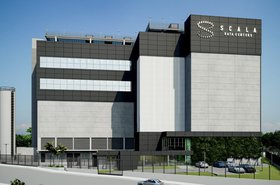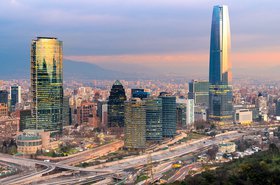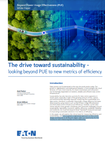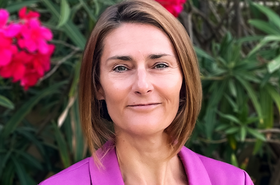Microsoft has purchased 234,000 carbon removal credits from a project that is aiming to restore part of the Mexican rainforest.
The hyperscaler has purchased the credits from Toroto, a Mexican business that specializes in nature-based solutions that improve the environment. These credits represent the removal of carbon dioxide from the atmosphere and are issued under the Climate Action Reserve Mexico Forest Protocol. Microsoft will use them to offset carbon emissions from its data centers and other activities.
They have been generated from a project in Conhuás, in the Calakmul region of southeastern Mexico, where the natural ecosystem is being restored on a piece of community-owned land, or ejido. Other landowners who live in the project area are also part of the scheme as they seek to safeguard their natural resources.
Operating since 2021, Toroto says the project has promoted carbon sequestration in over 47,000 hectares of tropical rainforest, which provide vital ecosystem services and are home to thousands of species of flora and fauna, including endangered animals like the Baird's tapir and jaguar.
"For Toroto, Microsoft’s commitment to the Conhuás project represents a very important milestone for climate action in Mexico,” said Santiago Espinosa de los Monteros Harispuru, CEO and co-founder of Toroto.
He added that the company is “setting an example on how the private sector can invest in nature through mechanisms that channel resources directly to the conservation and restoration of the rainforest, while the guardians of this rainforest, the Conhuás community, acquire the technical and financial capacities to continue caring for its regeneration.”
The Conhuás ejido borders the Calakmul Biosphere Reserve, a protected area since 1989. The project area thus offers the potential to act as a biological corridor, allowing for the ecological connectivity of the second-largest rainforest in the Neotropics. Additionally, the project is operated under a structure that provides income from the sale of carbon credits to the Conhuás community.
Brian Marrs, senior director of energy and carbon removal at Microsoft, said: “The Conhuás project is an example of the potential for community-led ecosystem restoration to drive positive climate impact. We are pleased to collaborate with Toroto to help incentivize both natural ecosystem restoration and community-led climate action.”
Microsoft is aiming to be carbon-negative by 2030, and is pursuing this goal by signing renewable energy contracts en masse to power its operations, as well as investing in carbon capture and removal projects that can offset its historical emissions.
It has invested in a number of carbon capture projects, including DAC projects from Climeworks, CarbonCapture, and Heirloom.
In July, direct air capture (DAC) carbon removal company 1PointFive announced it was selling 500,000 metric tons of credits to Microsoft over six years. DAC sees carbon pulled directly out of the air and stored safely, in this case in a saline solution.

